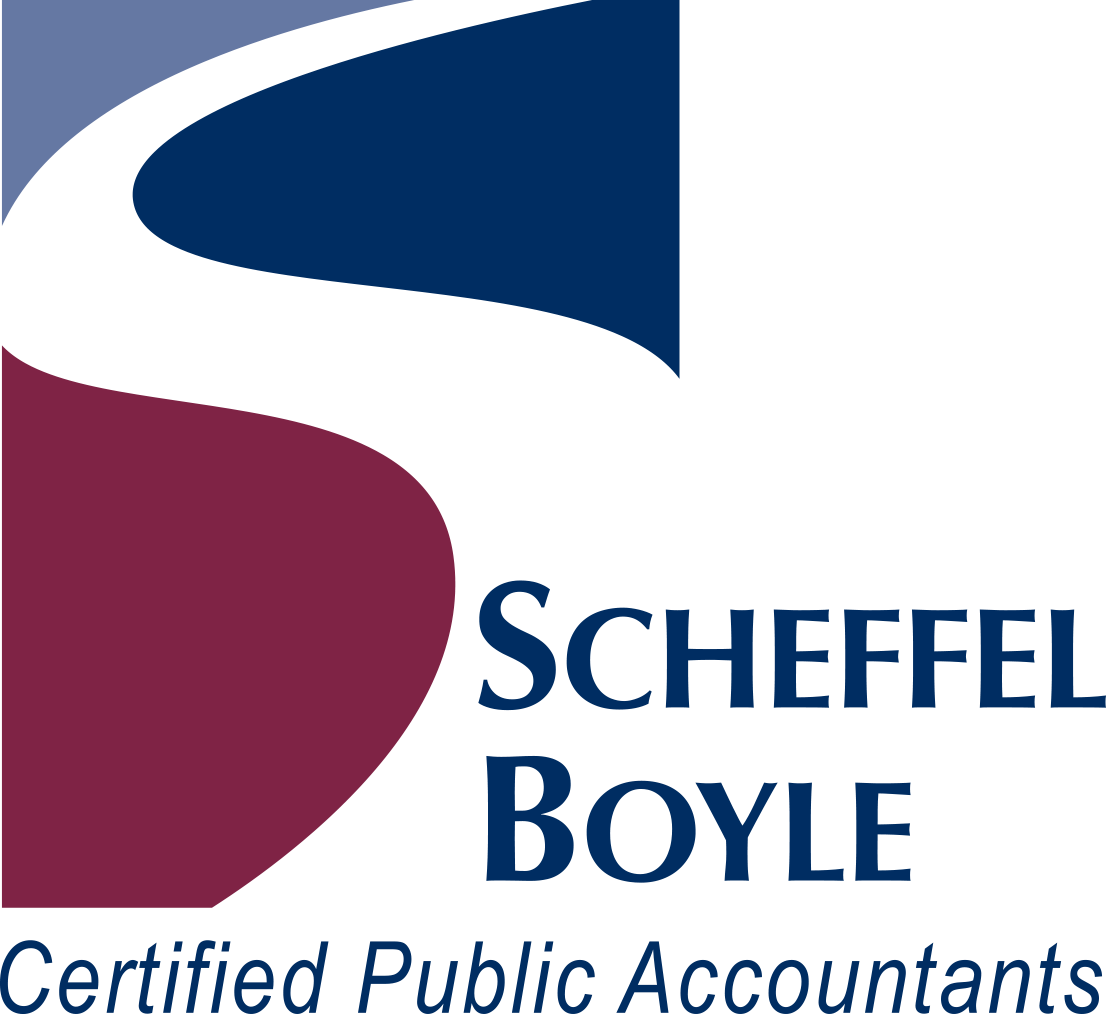PPP Loan Forgiveness Application and Instructions Update
On May 15th, the SBA released the PPP Loan Forgiveness Application and Instructions. This new guidance clears up a few of the unknown items with PPP loan forgiveness for borrowers and lenders.
Alternative Payroll Covered Period for Payroll Costs
The original Covered Period for loans is defined as an 8-week period from the PPP loan disbursement date. The new Alternative Payroll Covered Period allows borrowers with a biweekly (or more frequent) payroll schedule to elect to calculate eligible payroll costs using an 8-week period that begins on the first day of their first pay period following their PPP loan disbursement date. The original 8-week Covered Period has to be used for non-payroll costs.
Incurred and Paid Guidance
Due to this new guidance, payroll and other costs (such as rent, business mortgage interest, and utilities) can now be incurred OR paid during the Covered Period or Alternative Payroll Covered Period.
Covered Payroll Costs
- Costs are considered paid on the day that paychecks are disbursed or originates an ACH credit transaction
- Costs are considered incurred on the day that the employees’ pay is earned.
- Costs incurred but not paid during the last pay period of the Covered or Alternative Payroll Covered Period are eligible for forgiveness if paid on or before the next regular payroll date. Otherwise payroll costs must be paid during the covered period
Non-Payroll Costs
- Costs must be paid during the Covered Period or incurred during the Covered Period and paid on or before the next regular billing date even if the billing date is after the Covered Period.
- Can’t exceed 25% of the total FORGIVENESS
Owner Compensation
For owner-employees, compensation cannot exceed 8 weeks’ worth of 2019 compensation, capped at $15,385 ($100,000 annualized over the 8-week period).
Average Full-Time Equivalent (FTE)
Per the application instructions, FTEs are calculated based on an employee’s average number of hours paid per week divided by 40 and round the total to the nearest tenth. The maximum for each employee is capped at 1.0 FTE. This new guidance also created a simplified method that assigns a 1.0 FTE for employees who work 40 hours or more per week and .5 for employees who work fewer hours.
FTE Reduction Exemptions
Along with the previous exception of the Borrower making a good-faith, written offer to rehire an employee during the Covered Period or Alternative Payroll Covered Period with the employee declining employment, the new exemptions added the following:
- Any employees who during the Covered Period or Alternative Payroll Covered Period
- Were fired for cause,
- Voluntarily resigned, or
- Voluntarily requested and received a reduction of their hours
- Any FTE reductions in these cases do not reduce the Borrower’s loan forgiveness
Documentation Needed for Forgiveness
A detailed list of documents required for forgiveness is included with the application on page 10, linked here.
Forgiveness Reduction Ordering
The order of these reductions was not clear prior to the issuance of the forgiveness application. It is now clear that the salary or wage reduction is considered before the FTE reduction. This should generally be favorable to employers.
Observations and Unknowns Related to Application and Instructions
Although this new guidance clears up some of the outstanding questions regarding PPP loan forgiveness, there are still questions as to a few issues needed for many borrowers, including:
- The instructions define the PPP loan amount as the principal amount of the loan only. Previous guidance stated that accrued interest was forgivable. Whether this is an error or a reversal from the previous guidance is unknown currently.
- For payroll costs, the instructions state payroll incurred during the covered period but paid on or before the next payroll date. It is unknown how this rule would apply to state and local taxes assessed on compensation (SUTA, for example) or retirement contributions which would not likely be paid until after the next payroll date. Hopefully more guidance is to come.
- The application appears to add a new, additional safe harbor related to FTE and salary/wage reductions. In the original guidance, FTE and salary/wage reductions could be corrected by re-hiring or increasing pay no later than 6/30/20 to levels that the employer had at 2/15/20. The forgiveness application now also allows an FTE and/or salary/wage reduction to be ignored if an employer re-hires or restores pay by the end of the covered period to the same levels when compared to 1/1/20. There is still some conflicting language in the instructions relating to this.
- Owner-employees appear to be not included in the FTE reduction calculation. This will only likely hurt employers when making this calculation as this group was most likely to remain stable. Hopefully more guidance is to come.
- Employers have asked whether employee compensation could be increased during the covered period. We believed that there was no restriction on increasing other than complying with the “no more than $100,000” prorated for period language. It seems that the “period” is the covered period. Therefore, we believe that if salary remains at or below $15,385 during the entire covered period, the cost will be forgivable. It should not be necessary to limit the proration to each payroll period.
Our team continues to monitor these updates as they are released. Please contact us with questions. We are always here to help.



